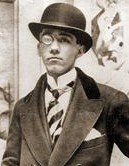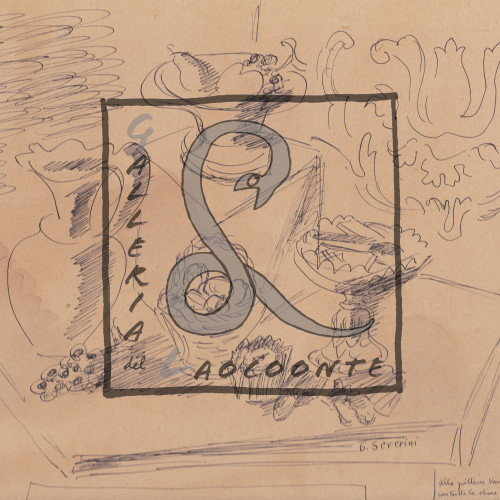Gino Severini
Gino Severini

Gino Severini was born in Cortona on 7th April, 1883. He moved to Rome in 1899, where he met Giacomo Balla who introduced him to ‘Pittura Divisionista’, for which his interest deepened during his stay in Paris in 1906. Whilst in Paris he was in contact with Pablo Picasso, Georges Braque, Juan Gris, and Guillaume Apollinaire, and participated in the birth and development of Cubism. Despite this stay in Paris, he did not interrupt his contact with Italy. In fact, after having joined the Futurist movement at the invitation of Filippo Tommaso Marinetti, he was one of the signatories of the manifesto in 1910 of Futurist Painting with Balla, Boccioni, Carra and Russolo. In 1912 he convinced Umberto Boccioni and Carlo Carra to join him in Paris, where he would organise the first Futurist exhibition at the Bernheim-Jeune gallery. Later he participated in other Futurist exhibitions across Europe and the United States. In 1913 in London, at the Marlborough Gallery, came his first individual exhibition, which was later presented at the ‘Der Sturm’ gallery in Berlin. From 1921 Severini changed from an aesthetic ‘cubofuturista’, to a painting style that can be called neoclassical with metaphysical influences. This evolution falls squarely in the trend which is defined as ‘return to order’, or in French ‘rappel à l’ordre’, similar to ‘return to craft’ introduced by a famous article by Giorgio De Chirico published in 1919 in the journal ‘Valori Plastici’. From 1924 to 1934 he devoted himself almost exclusively to sacred art, in the form of large frescoes and mosaics, especially for the Swiss churches of Semsales and La Roche. In 1926 and ’29 he participated at two exhibitions of the artistic movement ‘Novecento’ in Milan and one in Geneva (also in 1929). In 1930 he was selected for the Venice Biennale. He then moved to Rome, where he participated in the Quadriennale in 1931 and in 1935, when he won the Grand Prize for painting, with an entire room dedicated to his work. After this he moved permanently to Paris, where he would teach mosaics with Riccardo Licata working as his assistant. He died there on 26th February, 1966 in his home at 11 rue Schoelcher. On April 15 of that year his remains were transferred to Cortona, his hometown.



